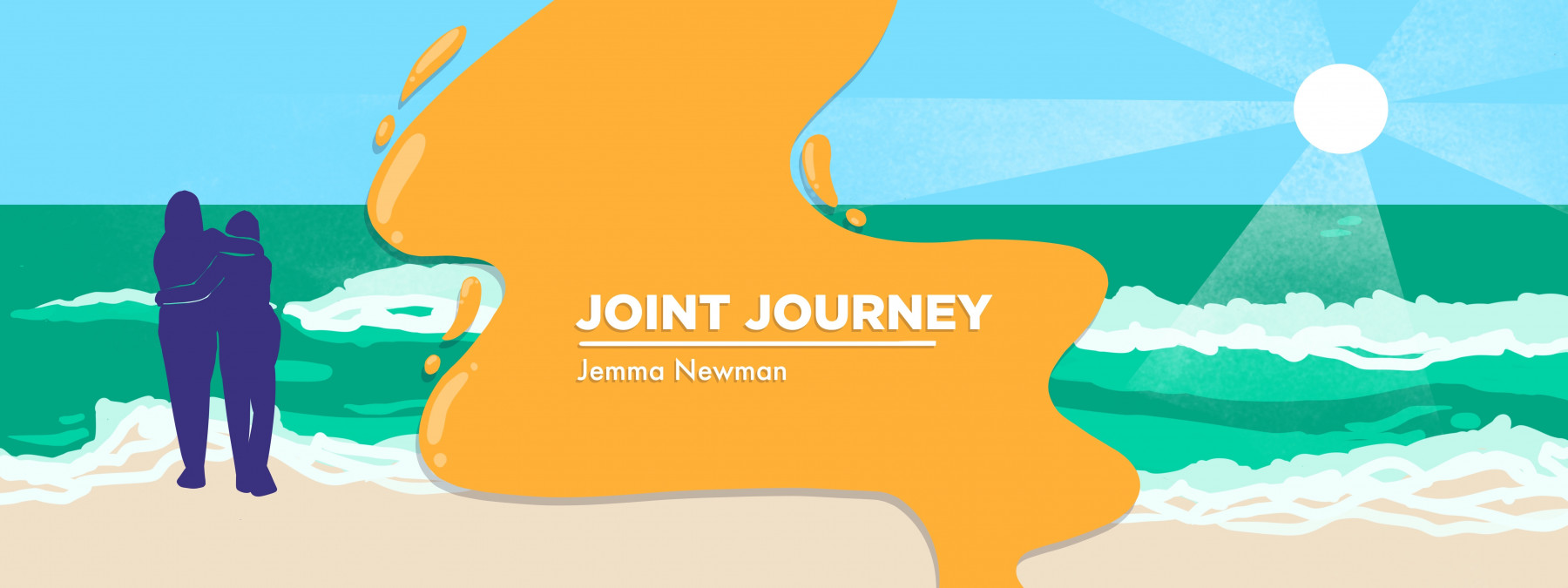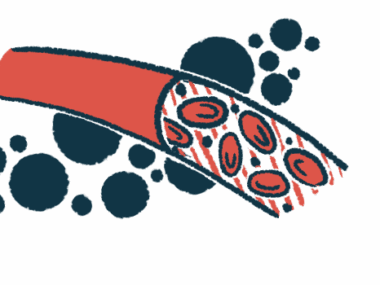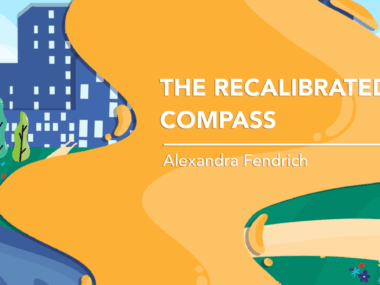The elimination diet that reduced my nighttime AS agony
How a change in diet helped this columnist find relief from AS pain
Written by |

I first started experiencing ankylosing spondylitis (AS) symptoms in 2018, shortly after my son was born. I couldn’t figure out why my spine and ribs were hurting in such a bone-achingly deep way. At the time of my diagnosis, I was trying everything I could think of to stop my back from burning at night.
At about 2 a.m. every night, while my husband and toddler slept soundly, I’d pad around the dark house to feed my newborn baby. I didn’t mind getting up to his soft cries because I was wide awake anyway. Though it hurt my aching and stiff back to pick him up from his crib and carry him to the sofa in the lounge, anything seemed better than lying in the dark with only my confusion and pain to keep me company.
After the sun peeked above the horizon in the morning, I was a zombie. It was one of the hardest times of my life, caring for a baby who woke five times a night, entertaining an energetic toddler who couldn’t understand the meaning of “Mummy’s tired, honey,” cooking and cleaning, and dealing with what felt like torture in the few hours of rest that I could snatch.
Joint pain motivated me to change
I tried changing my diet in an act of pure desperation to escape the clutches of ankylosing spondylitis.
I was initially very hesitant to make a drastic diet change, because when I’m exhausted, easy and comforting food can feel like a treat. But thanks to the pain, I was highly motivated and hadn’t found other solutions that gave me the results I needed.
The medication my doctors and rheumatologists prescribed either gave me horrible side effects or had little effect on my AS pain. But I didn’t qualify for biologics, either, because enough joint damage hadn’t been done yet.
After careful research, I started the no-starch diet for ankylosing spondylitis, which is believed to remove harmful gut bacteria that inflame this autoimmune disease. Within weeks, I felt my AS pain reducing, and it gave me encouragement to keep following this new way of eating, even though it was challenging to find, buy, and cook entirely new recipes for myself.
Why I started with an elimination diet
I’ve previously discussed details of the no-starch diet that I continue to follow, but I think it’s interesting to talk about how I began seeing results — with an elimination diet.
I believe starting with an elimination diet was a crucial component of my success in reducing pain. It’s called “elimination” because you remove any foods that could potentially be causing issues, and once you’ve achieved your goal of reduced symptoms, you can add foods back into your diet one at a time, while keeping a journal of your response.
As registered dietitian Sharon Jaeger explains in the Cleveland Clinic article “Why and How to Start an Elimination Diet,” “Once you stop consuming a food that you’re sensitive to, the inflammation in your gut and your immune system will calm down, repairing any inflammatory response that those trigger foods have caused.”
During my elimination diet, I ate only foods that didn’t contain starch and wouldn’t potentially trigger my autoimmune disease, such as dairy or sugar. I spent months eating chicken, broccoli, salt, olive oil, lemon juice, blueberries, grass-fed beef, coconut water, arugula leaves, almonds, and fresh green herbs.
After several months, my AS pain had dramatically reduced, and amazingly, I could sleep through the night without needing nonsteroidal anti-inflammatory drugs. I was ecstatic.
It was time to reintroduce some nonstarchy foods and carefully monitor my reaction. The first time I ate an egg, I could feel the stiffness and burning creeping back into my shoulder blades and spine overnight. Clearly, I wasn’t ready to eat eggs again. Because I had tracked the elimination and reintroduction of foods, I knew for a fact what I could tolerate and what made my symptoms return.
My recommendation
If you’re curious about whether a change in diet would help your AS symptoms, I highly recommend talking to your doctor about starting with elimination. I found clear steps and details, backed by extensive research, in “The Keystone Approach: Healing Arthritis and Psoriasis by Restoring the Microbiome” by Rebecca Fett. It’s a great resource that’s easy to read, and includes sections specifically for people with AS.
When I tell people that I eat a highly restrictive (but nutritious) diet, they’re surprised that I could happily cut so many foods from my life. I think if these people experienced the spine pain and life challenges that I went through, they’d understand how grateful I am that diet can make such a positive difference for people with AS. I don’t see the no-starch elimination diet as restrictive; rather, it gives me freedom.
Note: Ankylosing Spondylitis News is strictly a news and information website about the disease. It does not provide medical advice, diagnosis, or treatment. This content is not intended to be a substitute for professional medical advice, diagnosis, or treatment. Always seek the advice of your physician or other qualified health provider with any questions you may have regarding a medical condition. Never disregard professional medical advice or delay in seeking it because of something you have read on this website. The opinions expressed in this column are not those of Ankylosing Spondylitis News or its parent company, Bionews, and are intended to spark discussion about issues pertaining to ankylosing spondylitis.







Leave a comment
Fill in the required fields to post. Your email address will not be published.